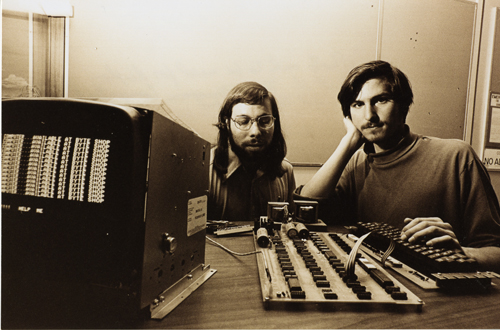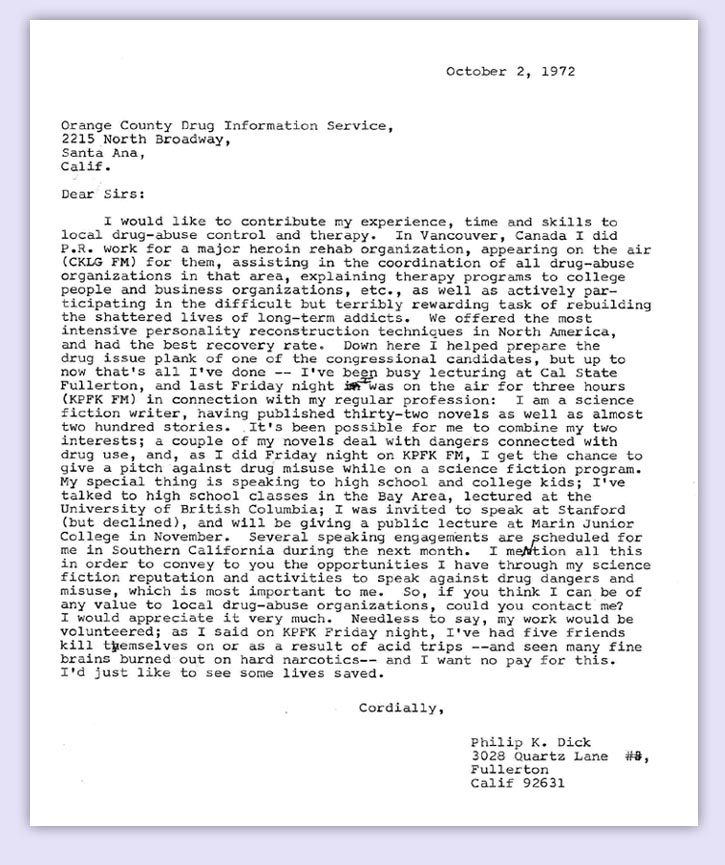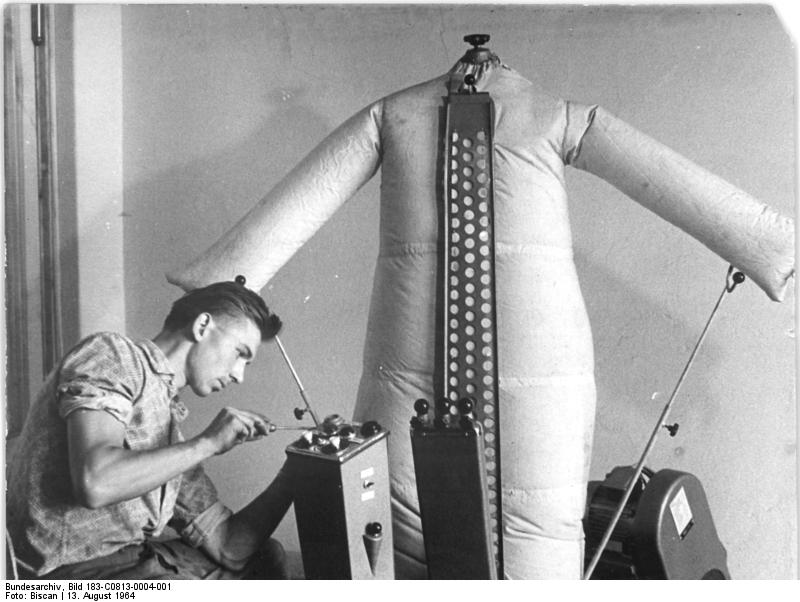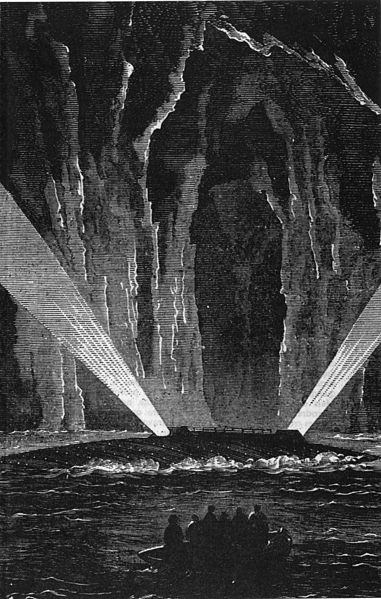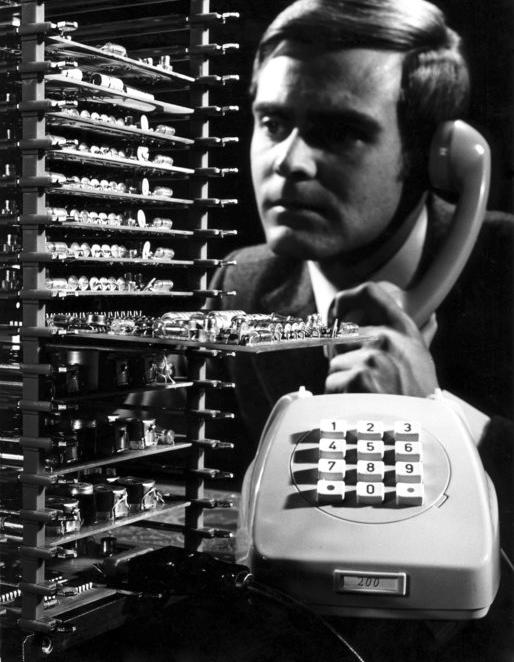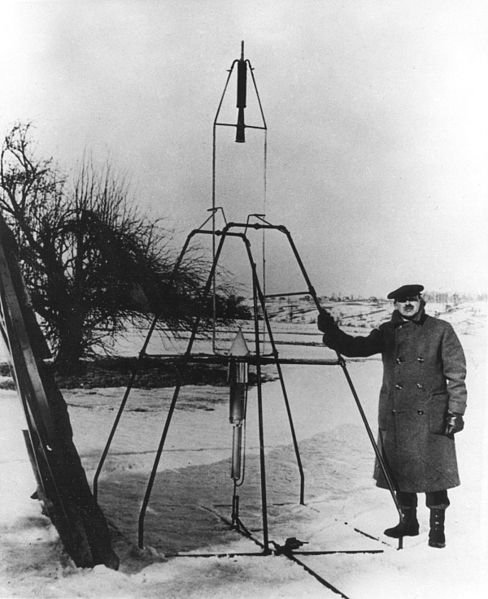
What technology has exploded (in a couple of senses) more in the last decade than drones? In the new Wired article, “How I Accidentally Kickstarted the Domestic Drone Boom,” Chris Anderson looks at what this brave new world of autonomous aircraft means. An excerpt:
“Look up into America’s skies today and you might just see one of these drones: small, fully autonomous, and dirt-cheap. On any given weekend, someone’s probably flying a real-life drone not far from your own personal airspace. (They’re the ones looking at their laptops instead of their planes.) These personal drones can do everything that military drones can, aside from blow up stuff. Although they technically aren’t supposed to be used commercially in the US (they also must stay below 400 feet, within visual line of sight, and away from populated areas and airports), the FAA is planning to officially allow commercial use starting in 2015.
What are all these amateurs doing with their drones? Like the early personal computers, the main use at this point is experimentation—simple, geeky fun. But as personal drones become more sophisticated and reliable, practical applications are emerging. The film industry is already full of remotely piloted copters serving as camera platforms, with a longer reach than booms as well as cheaper and safer operations than manned helicopters. Some farmers now use drones for crop management, creating aerial maps to optimize water and fertilizer distribution. And there are countless scientific uses for drones, from watching algal blooms in the ocean to low-altitude measurement of the solar reflectivity of the Amazon rain forest. Others are using the craft for wildlife management, tracking endangered species and quietly mapping out nesting areas that are in need of protection.
To give a sense of the scale of the personal drone movement, DIY Drones—an online community that I founded in 2007 (more on that later)—has 26,000 members, who fly drones that they either assemble themselves or buy premade from dozens of companies that serve the amateur market. All told, there are probably around 1,000 new personal drones that take to the sky every month (3D Robotics, a company I cofounded, is shipping more than 100 ArduPilot Megas a week); that figure rivals the drone sales of the world’s top aerospace companies (in units, of course, not dollars). And the personal drone industry is growing much faster.
Why? The reason is the same as with every other digital technology: a Moore’s-law-style pace where performance regularly doubles while size and price plummet. In fact, the Moore’s law of drone technology is currently accelerating, thanks to the smartphone industry, which relies on the same components—sensors, optics, batteries, and embedded processors—all of them growing smaller and faster each year. Just as the 1970s saw the birth and rise of the personal computer, this decade will see the ascendance of the personal drone. We’re entering the Drone Age.”


